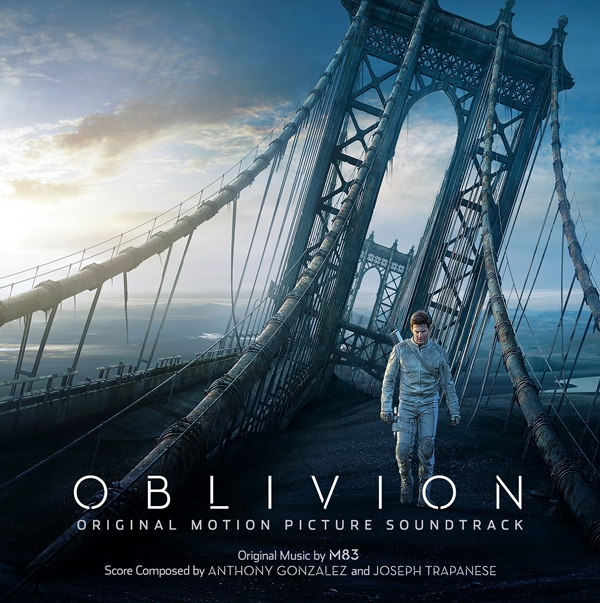Allison Glenn is the new Program Manager of Incubator, an art space envisioned and operated by artist Theaster Gates in Washington Park for the University of Chicago. The Incubator formally opened its newly renovated, 10,000 square foot space last month and is already making a big impact on Chicago. Not only does it act as an exhibition space for art and music, it includes an artist-in-residence program, a woodshop for a design apprenticeship program for local high school students, and public programming. The vision of the Incubator is to use its various arms of programming to bring multiple voices together to act as a cultural hub and incubator of creativity for Washington Park and the city at large. Allison talked to me about her new position as Program Manager, as well as her experience as a graduate of SAIC.
Gabriella Brown: Can you introduce yourself by briefly describing your curatorial, research, and writing projects since you’ve been in Chicago either as a student or post-graduation?
Allison Glenn: Sure. I’m drawn to spaces that are a little bit off the cuff — an interstitial space. Interstitial is an architectural term that means the space between floors in a building. I could use that conceptually to say a space in between the institution and the environment or community. I’m interested in projects that bridge those two — the Incubator does that quite seamlessly.
GB: How did you come into contact with Theaster Gates and what projects have you been working on with him prior to the Incubator?
AG: I’d known Theaster for about five years prior to working for him. I met him at an opening for the artist Hebru Brantley at a gallery in Chelsea. Both Theaster and Naomi Beckwith (Curator at the MCA) were at the opening and I was immediately like, “Wow, these people are amazing! I want to know who they are and learn what they’ve learned.” That was the first time I met him, but we also connected in Chicago, attending talks and lectures and public events. Additionally, faculty at the School of the Art Institute were really instrumental in connecting students with artists working in Chicago, and Theaster was one of those artists.
GB: Do you have suggestions for ways that students at SAIC can make connections between their practice or school and communities outside of it? Is that important?
AG: It’s definitely important. SAIC is a wonderful institution, but it’s important to reach outside of it and realize it’s quite insular, and there’s a lot that exists beyond that four square block geographic radius, but also the conceptual boundaries. SAIC has a specific pedagogy — one that worked well for me, this interdisciplinary practice that, even though I wasn’t in a studio program, the idea of collaboration extended. It’s important to get outside of the studio, the student body, Chicago, the United States — explore!
GB: How is the space associated with the University of Chicago? Do you think there are ways for SAIC to be more connected to other audiences?
AG: We are 100% associated with the University of Chicago through the Arts and Public Life Initiative and the Provost’s office. Theaster Gates, who is the director of arts and public life at the university, envisioned the whole project. We have interns from the university who work here, and we have students come by for talks and performances, etc. We are located on the other side of Washington Park, so we’re not directly on campus. The university is doing something unprecedented. I don’t know of another educational institution in Chicago that has partnered with an artist that bridges the gap between the university and neighboring communities. I don’t think SAIC is doing anything like that, but I don’t think it’s out of the question. University of Chicago is just on the forefront of that initiative.
GB: Do you have advice for current students about how to forge connections and take advantage of the community and resources at SAIC before graduation?
AG: I got involved in everything. I was involved with student organizations, and I was lucky enough to have a job on campus with exhibition practices. Get to know everybody, go to everything and connect with everybody. Connect outside of the school. Go to the MCA, the Art Institute, come down here and see us! Build yourself up outside of your role as a student. Take yourself seriously so others take you seriously. Be determined, diligent and open. Take risks because it’s probably one of the only times you’ll be able to do that. Read everything.







